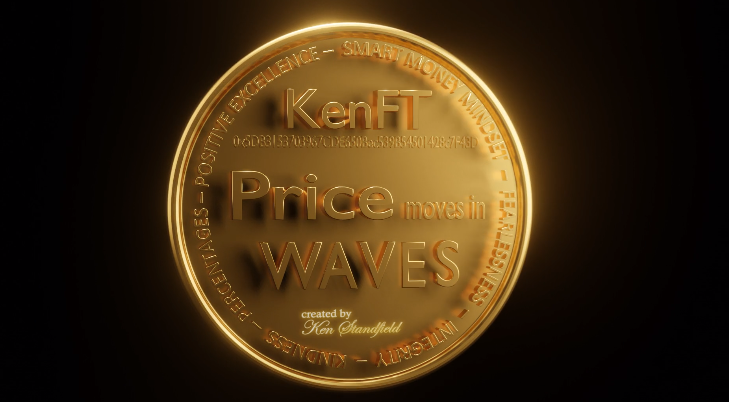-
They haven’t determined whether or not the asset will be backed by deposits, market funds or fiat currencies.
-
BBVA is a part of a Visa sandbox created to assist launch tokenized property.
BBVA, the Spanish banking big, introduced plans to launch its own stablecoin with the backing of Visa, in accordance to Francisco Maroto, director of digital property and blockchain at BBVA.
The monetary establishment is at the moment within the testing part, often called sandbox, of a Visa program designed to facilitate the launch of tokenized property, known as Visa Tokenized Asset Platform (VTAP). BBVA’s intention is to transfer in the direction of a prototype part after which to dwell operations in 2025.
It has not but been decided whether or not this new stablecoin will be backed by financial institution deposits, cash market funds, or fiat currencies such because the euro or the US greenback. Maroto highlighted that the BBVA stablecoin is meant to be used within the settlement layer of cryptocurrency exchanges.
“We realized that blockchain could transform the way we exchange value digitally and, consequently, affect the way the financial system works,” mentioned Maroto, Fortune evaluations.
Last week, Visa introduced the launch of a brand new product, the VTAP, which will enable monetary establishments to challenge tokens backed by fiat cash, as reported by CriptoNoticias.
This product seeks to be a versatile resolution the place banks can select to again their tokens with varied property, from fiat currencies to deposits. BBVA positioned itself as an early adopter of VTAP, scheduling a dwell pilot for 2025.
Maroto defined that the selection to work with Visa is due to its acknowledged model and regulatory compliance, giving BBVA a bonus by working primarily in Europe, the place new laws for stablecoins have been enacted, such because the MiCA Law.
“BBVA is likely to build its stablecoin around the euro, given our presence in Europe,” Maroto talked about, including that the stablecoin could possibly be used for settlement in markets providing tokenized property, with BBVA dealing with the minting and burning course of to combine these ecosystems.
Although BBVA doesn’t rule out the US market, Maroto clarified that its short-term plans are centered on Europe. Furthermore, BBVA already presents custody and buying and selling companies for bitcoin, ether (ETH) and USD Coin (USDC) in Switzerland for personal banking and institutional shoppers, and is increasing in Türkiye.
Entering a crowded market
With Maroto’s announcement, it’s clear that BBVA is making ready to introduce its own stablecoin in a market already dominated by giants like Tether (USDT) and USD Coin. These property have confirmed to be essential within the digital monetary ecosystem due to their capacity to supply stability in a market recognized for its volatility.
USDT and USDC, backed by US greenback reserves, enable customers to make quick and environment friendly transactions, serving as bridges between risky cryptocurrencies and fiat currencies. Its significance lies in its usefulness for worldwide transfers, buying and selling on exchange platforms and as a retailer of worth inside the cryptocurrency economic system.
BBVA’s entry into this market shouldn’t be an remoted motion. Other banks have expressed curiosity in launching their own stablecoins, reflecting a development towards integrating Bitcoin and cryptocurrency know-how into conventional banking.
A notable instance is Société Générale of France, which, as CriptoNoticias reported, has additionally proven intentions to challenge a stablecoin. This curiosity from conventional monetary establishments underscores the rising acceptance and potential of stablecoins to rework monetary operations, facilitating higher effectivity in transactions and settlements.
BBVA’s resolution to launch a stablecoin not solely seeks to compete in a market dominated by USDT and USDC, but in addition to place itself on the forefront of economic innovation, benefiting from the benefits that these secure cryptocurrencies supply when it comes to liquidity, stability and transactional effectivity.
This article was created utilizing synthetic intelligence and edited by a human Editor.












